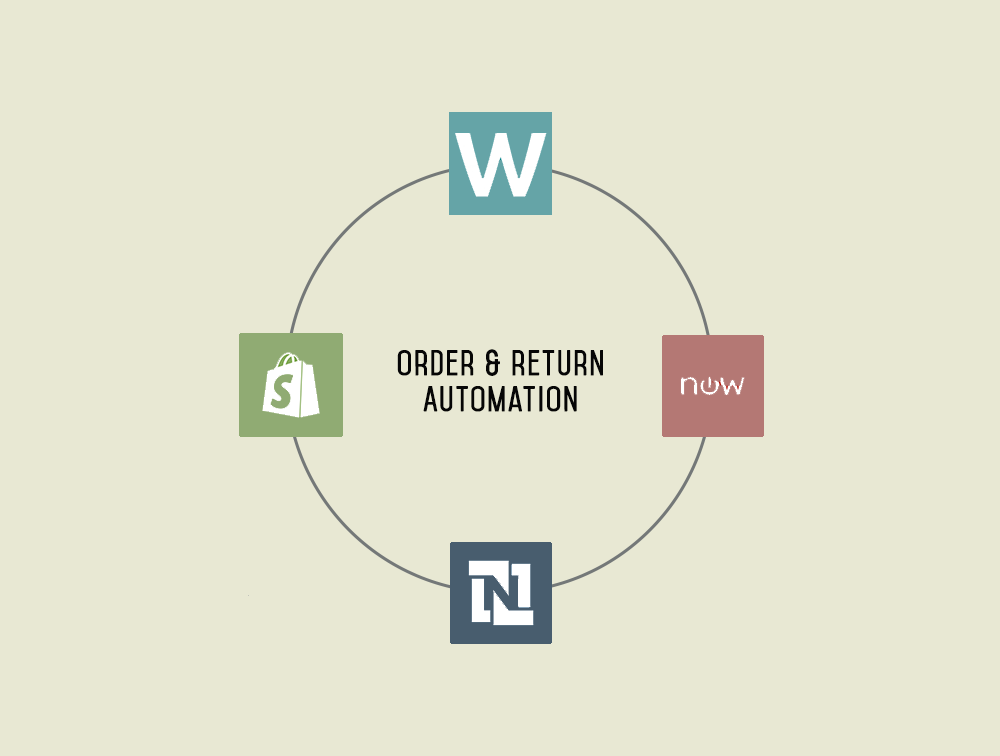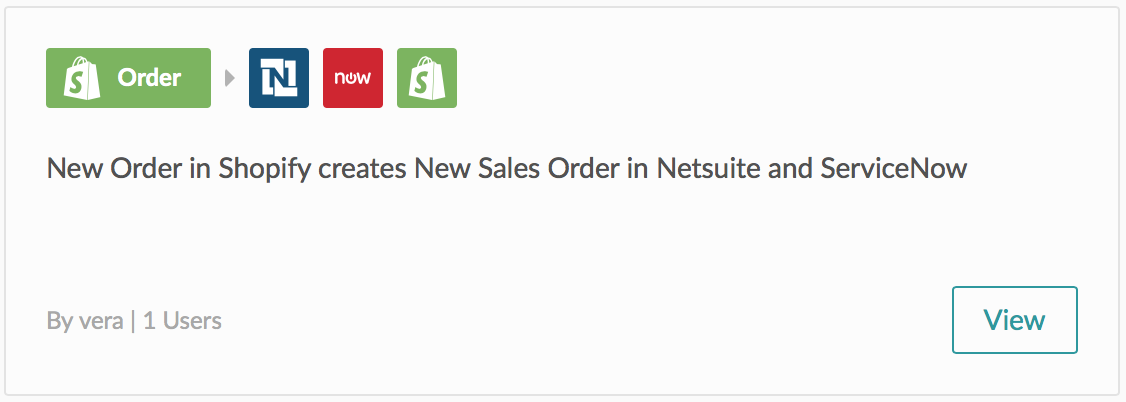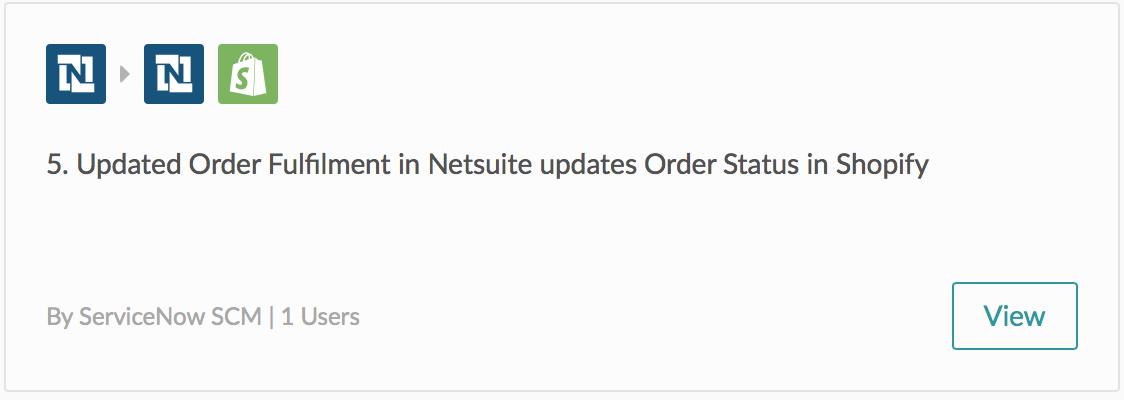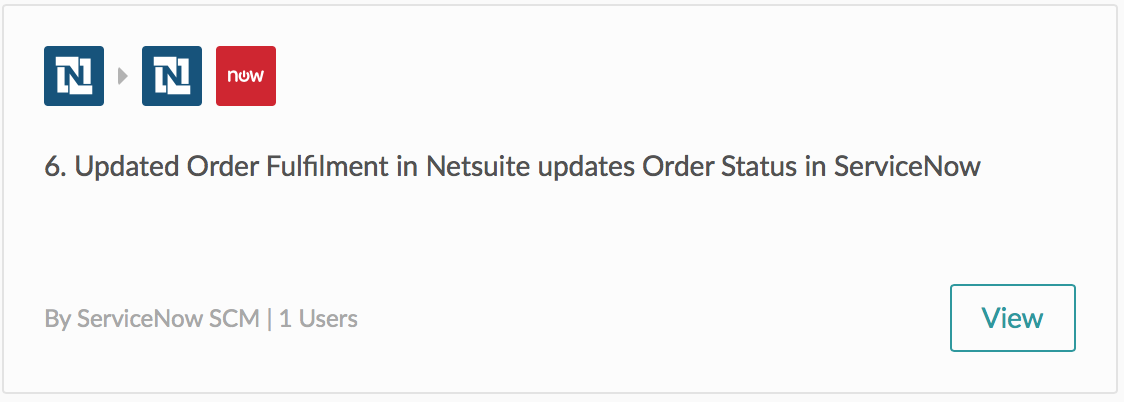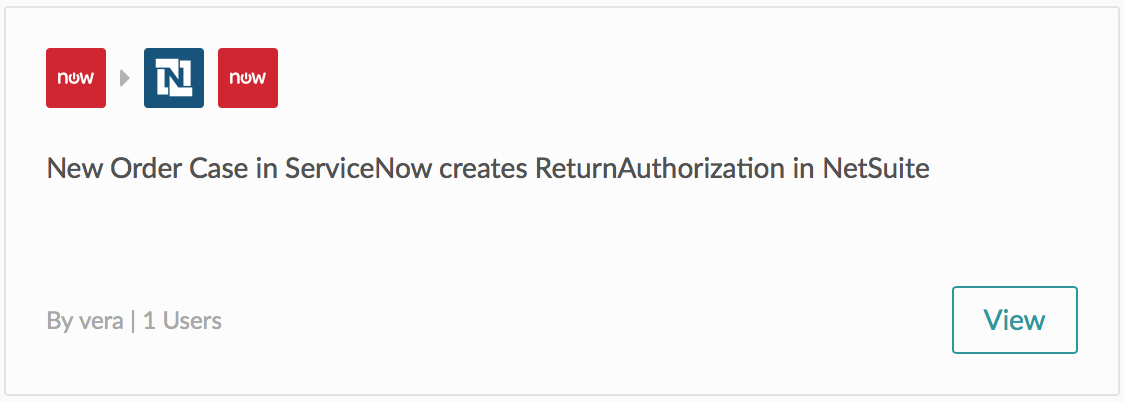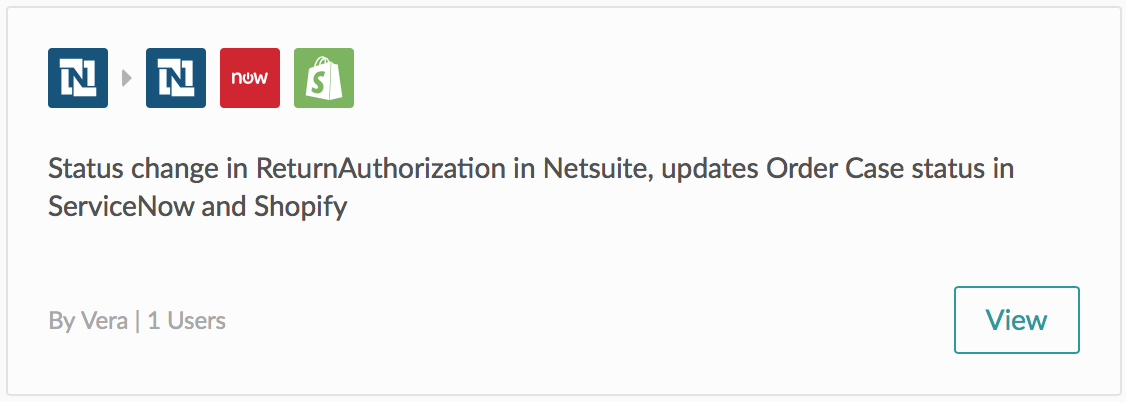Order and Returns processing is one of the most complex workflows an employee must deal with, as it requires the use of multiple cloud apps to process one order or return. It’s also a process that is essential to keeping high customer satisfaction ratings.
A common enterprise scenario for returns processing involves ServiceNow for Service Management, NetSuite as the ERP, and Shopify for eCommerce. All three of these programs must work together for a seamless order and returns process. This not only makes things easier on the customer service rep, who doesn’t need to hop between apps, but it also eliminates duplicates, reduces errors, and eradicates manual data entry, thus ensuring a better customer experience.
Watch how you can sync ServiceNow, NetSuite, and Shopify using Workato for a robust integration between the apps.
What Powers This Scenario?
Workato’s integrations are called recipes. Recipes are a set of steps that Workato follows to do work in your apps. Here are the recipes that power this automated order and returns process.
- Shopify is the point of sale where the customer places their order. The first step in seamless order fulfillment is keeping Shopify in sync with NetSuite and ServiceNow so the order can be easily be fulfilled after a customer purchases their items. This recipe automatically creates a new order in NetSuite and ServiceNow whenever there is a new order in Shopify.
- When the order is fulfilled, the fulfillment or warehouse manager will mark the order as fulfilled in NetSuite. This triggers 2 Workato recipes. This recipe will automatically update the corresponding order in Shopify and this recipe will update the corresponding order in ServiceNow. This lets the customer know their order is on its way via Shopify, and informs customer service reps via ServiceNow.
- When the customer calls in to initiate a return, your customer service rep will record the request in ServiceNow. Once the return is requested in ServiceNow, this recipe will automatically create a Return Authorization Request in NetSuite that is pending approval. That means your customer service rep never has to leave ServiceNow to initiate the return and can move on to helping the next customer. When the returned goods arrive from the customer, the manager will find the pending Return Authorization Request ready and waiting for him in NetSuite.
- Upon receiving the returned goods, the manager can go into NetSuite and approve the return by clicking “Refund.” This approval will trigger this recipe, which will update the order case status in both ServiceNow and Shopify. This lets the customer know that they have been refunded via Shopify and keeps the customer service rep informed via ServiceNow. With this recipe, all 3 entities – finance/warehouse, customer support, and end customer – are in sync and informed on the return status in real time.
You can apply this automation to your enterprise by installing and customizing these recipes – no code required. Workato recipes are flexible and agile, so as business processes change or if you want to customize the process to fit your business exactly, you can easily do so without using IT or Engineering resources.
The recipes in this post are:
- Shopify New Order to NetSuite and ServiceNow
- NetSuite Order Fulfillment to corresponding order in Shopify
- NetSuite Order Fulfillment to corresponding case in ServiceNow
- ServiceNow Return Request Creates a Return Authorization Request in NetSuite
- NetSuite to ServiceNow and Shopify – Refund Granted
Explore more Enterprise ServiceNow Integrations >
